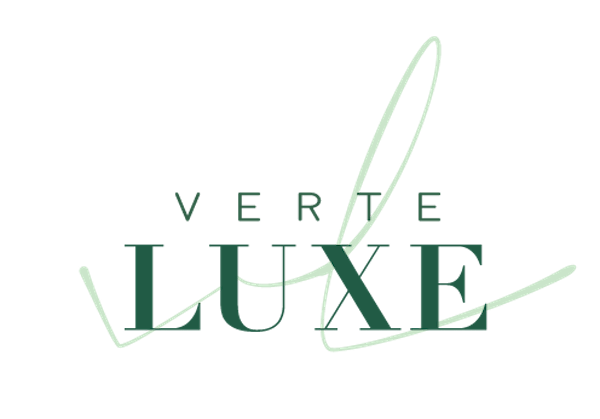
19 Jan Healthy Seas: Waste and Wreckage to Wear
The world’s oceans are deep, dark and vast, home to many creatures known and unknown. These waters stretch for miles beneath the surface, hiding various shipwrecks, lost cargos, forgotten treasures and littered waste, but most importantly, providing a home to 65% of the Earth’s living creatures. Our seas are immense and seemingly limitless, but the debris and various pollution that continue to litter these waters have a great impact on the life there, and a solution must be found, or maybe, has already been discovered.

Healthy Seas was formed in 2013 as a collaborative effort between one nonprofit organization, Ghost Diving, and two sustainable businesses, Aquafil and Star Sock, to clean our oceans and repurpose waste into a useful and reusable product.

Ghost Diving and its volunteers have long been skimming the floors of the North Sea, searching for shipwrecks and recovering ghost nets. Although our oceans are littered with various forms of waste, these wreckage sites are often breeding grounds for marine life. Unfortunately, the wildlife often gets killed from net entanglement while trying to breed.
“The death of marine animals from waste fishing nets illustrates very well to the public the problem caused by dumping litter in the sea,” said Healthy Seas Director Veronika Mikos. “Waste is the result of consumption. When consumers become more conscious of their choices and realize that each one matters, waste will also become less of a problem. But for sustainable choices to exist and for waste management to be more effective, we need more innovators, more education and stricter rules defining the framework of how businesses operate.”

For years, Ghost Diving had no place or purpose for the nets; however, Aquafil, a fiber manufacturing company, became interested in the possibility of transforming the nets into a recycled fiber to make fabrics and carpets. This recycled net fiber became known as ECONYL, a high-quality yarn made from the recycled nets and other nylon waste. The yarn is infinitely recyclable and can be used to create products such as swimwear, sportswear, socks and more.
Since 2013, Healthy Seas and its partners have collected over 510 tons of fishing nets, helping to clean our oceans and rehabilitate marine habitats. In order to do this, Healthy Seas has developed relationships with 27 fishing communities in and around the North, Mediterranean and Adriatic Seas. By 2020, Healthy Seas hopes to expand its reach to other countries, including the U.S.
“Healthy Seas in an open initiative with a learning by doing approach. We are open to new partnerships and creative ideas! We have many plans for the coming years, and hope to be more involved in the decision-making process at a European Union level, as well as being more active in education,” said Veronika.

Healthy Seas regularly hosts and participates in educational programs and forums to continue educating people on the importance of cleaning our seas. As global temperatures increase and sea levels rise along with it, it is more pressing than ever to clean our seas and devise ways to further protect marine life.

“It always surprises us what people know or don’t know. The basic message which we wish to get out there is that the ocean is not only for our pleasure, it is a source of oxygen, of life. We should love it and protect it,” said Veronika.
